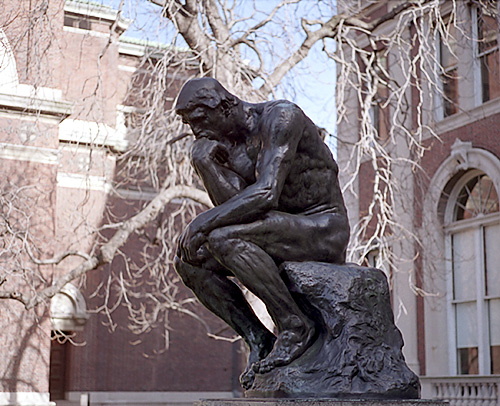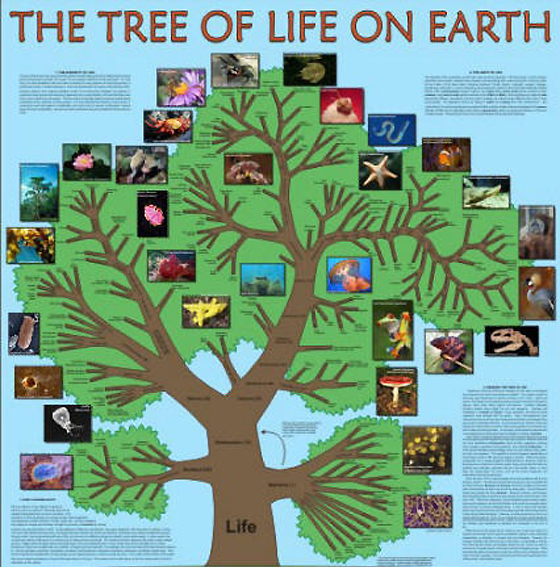Image via Wikipedia

What would you say if I told you that for almost 100 years the technology has been available to provide the world with nearly free energy, an energy source that was self- renewing and virtually harmless to the environment? What would you say if I told you oil and energy companies were conspiring to keep these technologies away from us so that they can make maximum profits, regardless of the suffering it caused?
Would it make you mad?
Would it make you mad enough to do something about it?
Who was Nikola Tesla?
Nikola Tesla, born 1856, was an unusually brilliant inventor and engineer of Serbian descent who came to the United States at the age of 28.
Though too many to list, some of his greatest accomplishments were things like:
1. Creating Alternating Current (AC) (1887)
2. Designing the first electrical generating plants on the Niagara (1896)
3. Taking the first X-ray images (1891)
4. Creating neon and fluorescent lighting (1891-2)
5. Being the real inventor of broadcast radio
6. Fathering the science of robotics
The historical conspiracy associated with Nikola Tesla started at the time of his death. In 1901, Tesla patented a device that could draw electricity directly from the atmosphere. In a documented experiment for the Pierce Motor Car Company in 1931, Tesla built that technology into a vehicle that could run continuously on this free electricity.
Directly after his death, agents of the United States Government raided Nikola Tesla's living quarters and prevented his family from entering. Later, when his family was allowed access to Nikola’s room, it was reported by his family that all of his technical writings and research had been confiscated.
Over the years, many brave and creative souls have endeavored to recreate the many different works of Tesla. A great number of those people have been threatened, have had their work and property destroyed, and in some cases, have disappeared or died.
![Reblog this post [with Zemanta]](http://img.zemanta.com/reblog_e.png?x-id=ef1c292f-f7e3-4b43-a385-3edf574e54e6)















![Reblog this post [with Zemanta]](http://img.zemanta.com/reblog_e.png?x-id=9bdba987-2802-48f6-80ea-13d1fd5b2a1a)





























